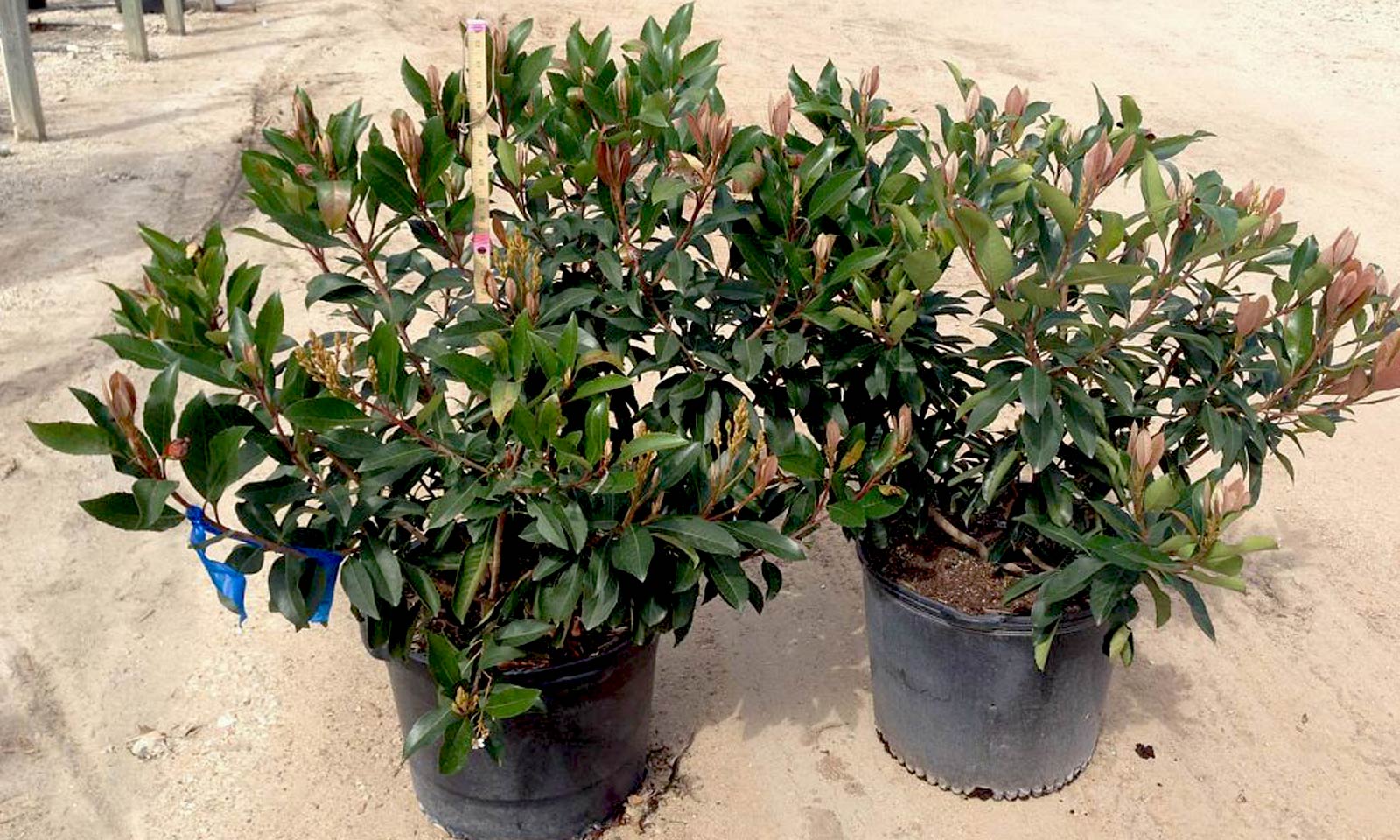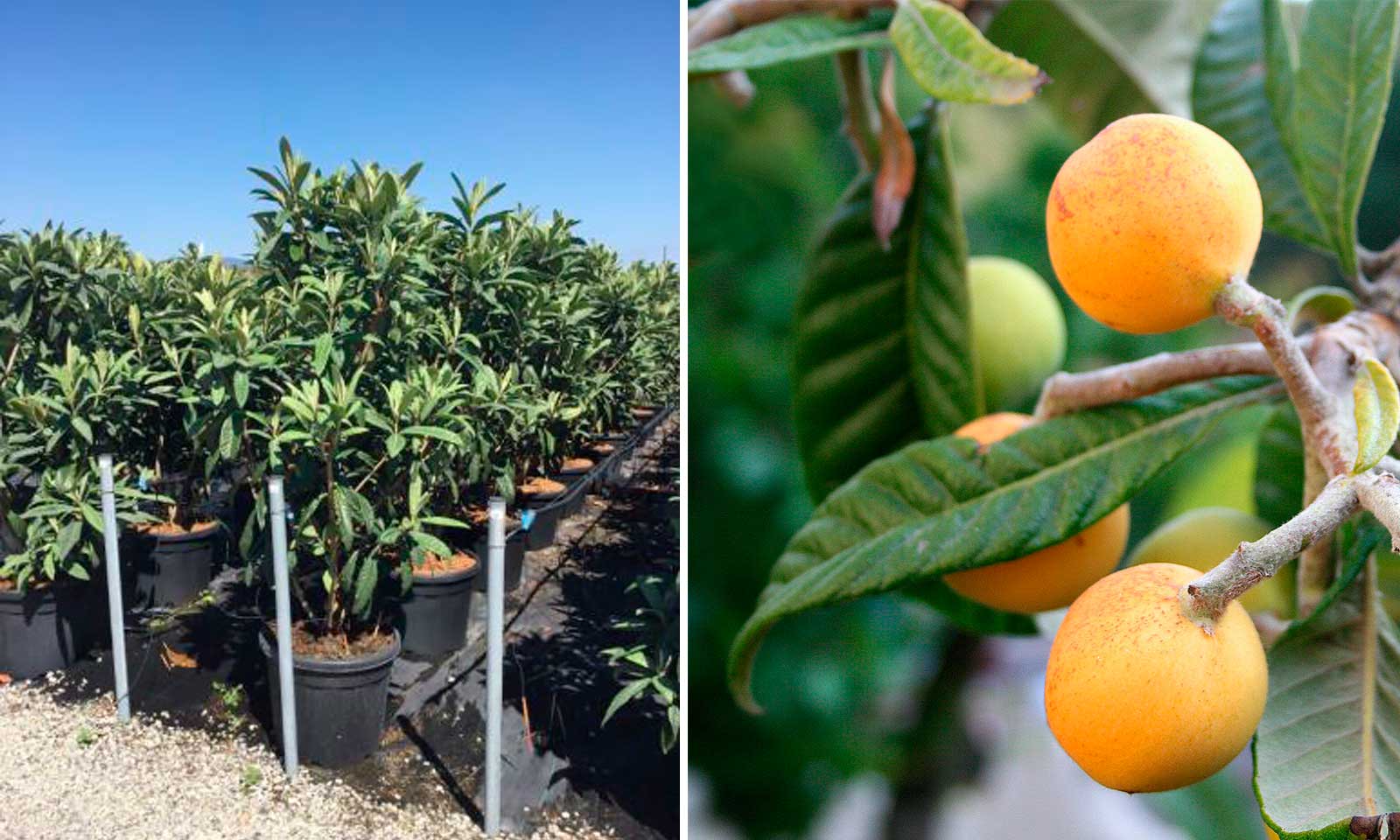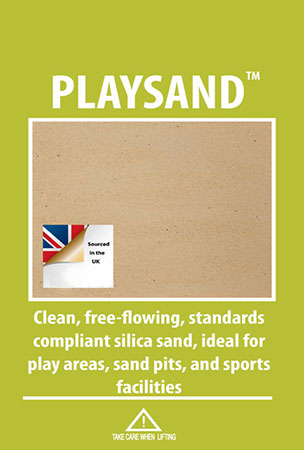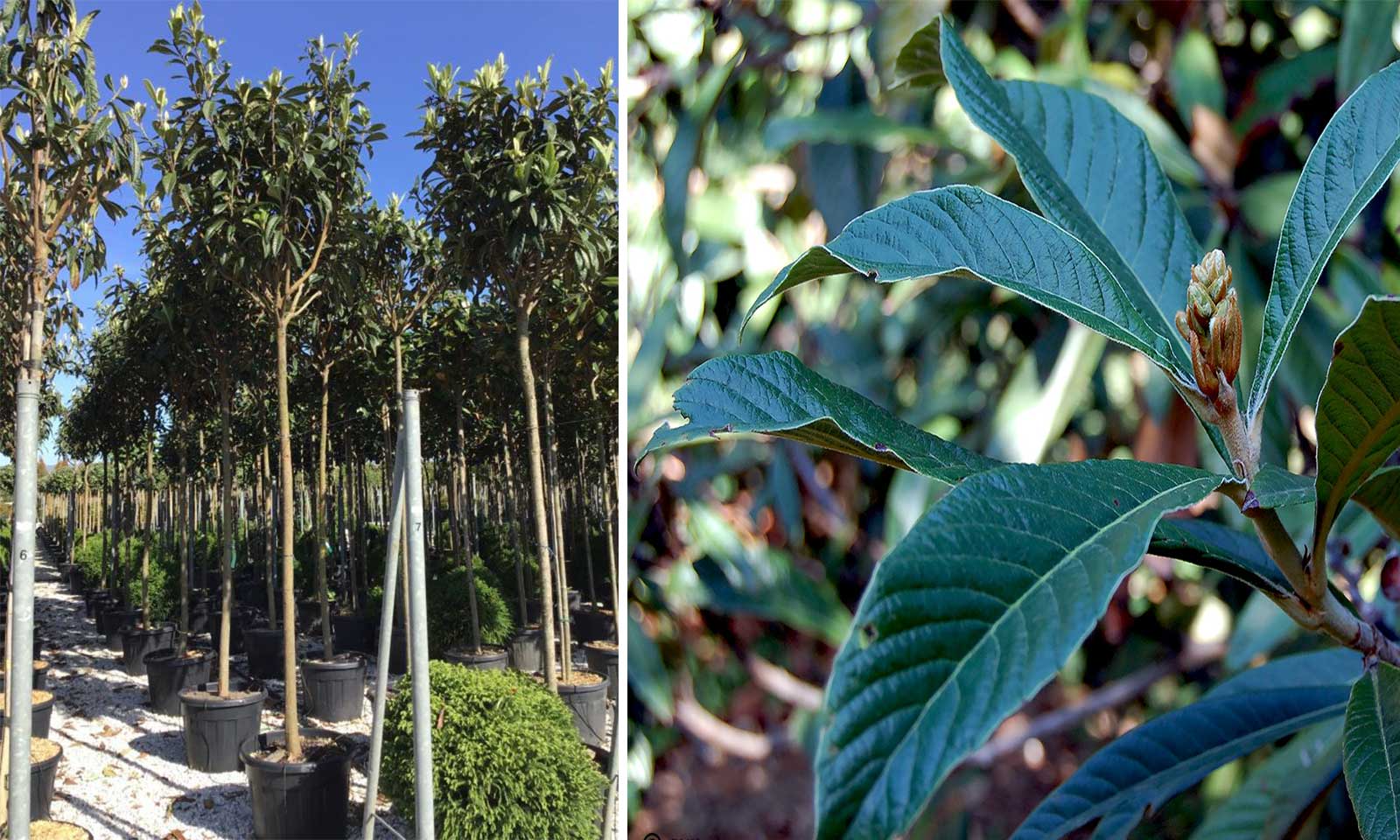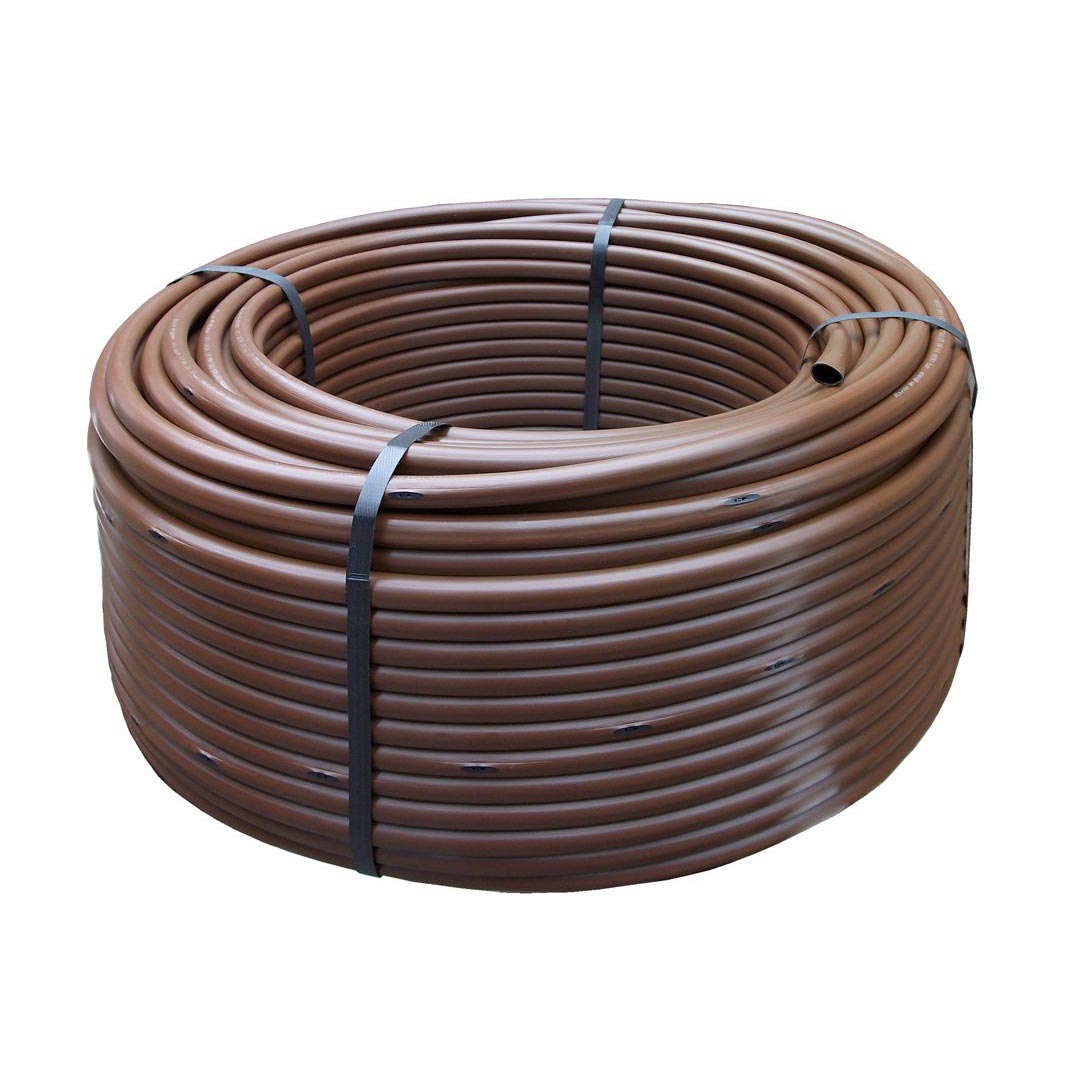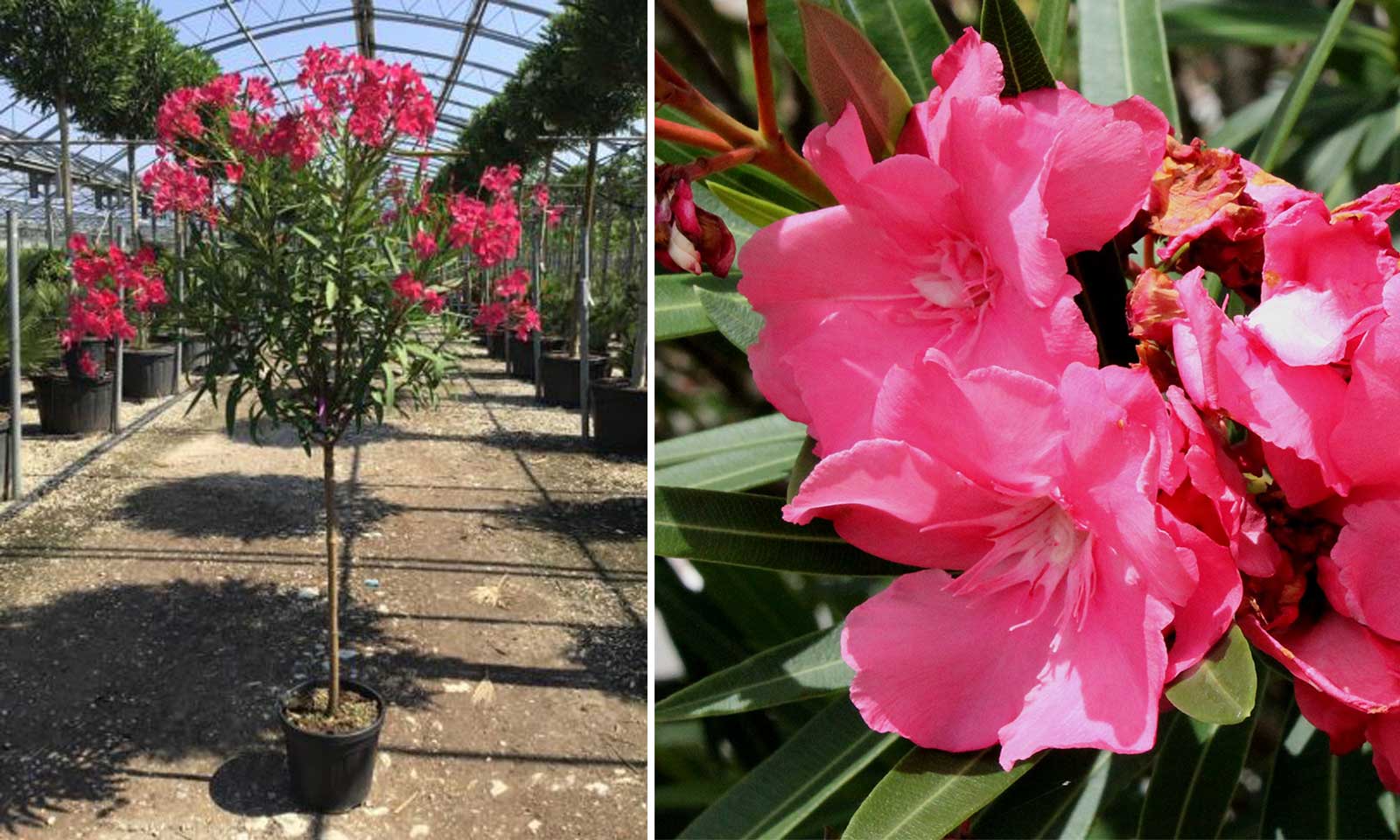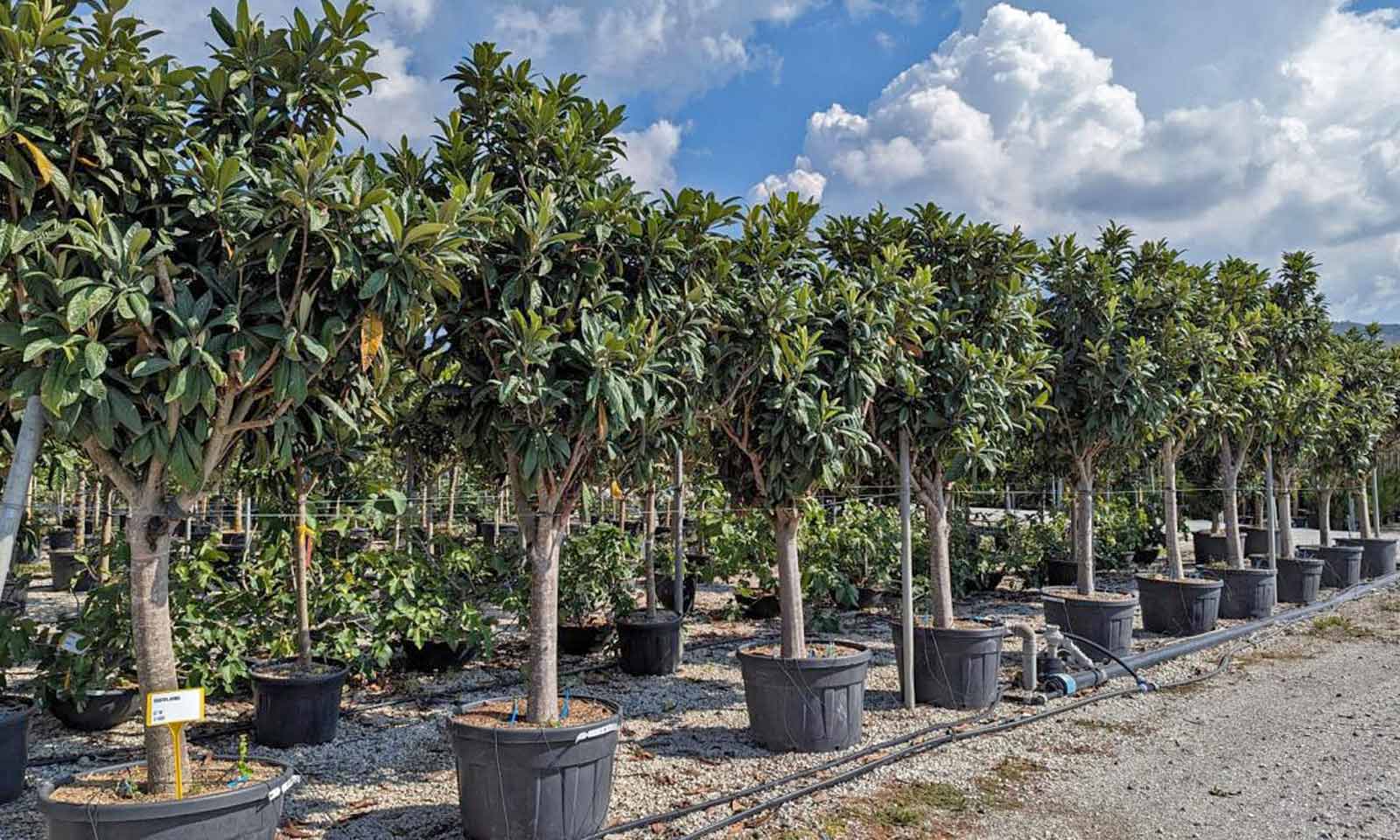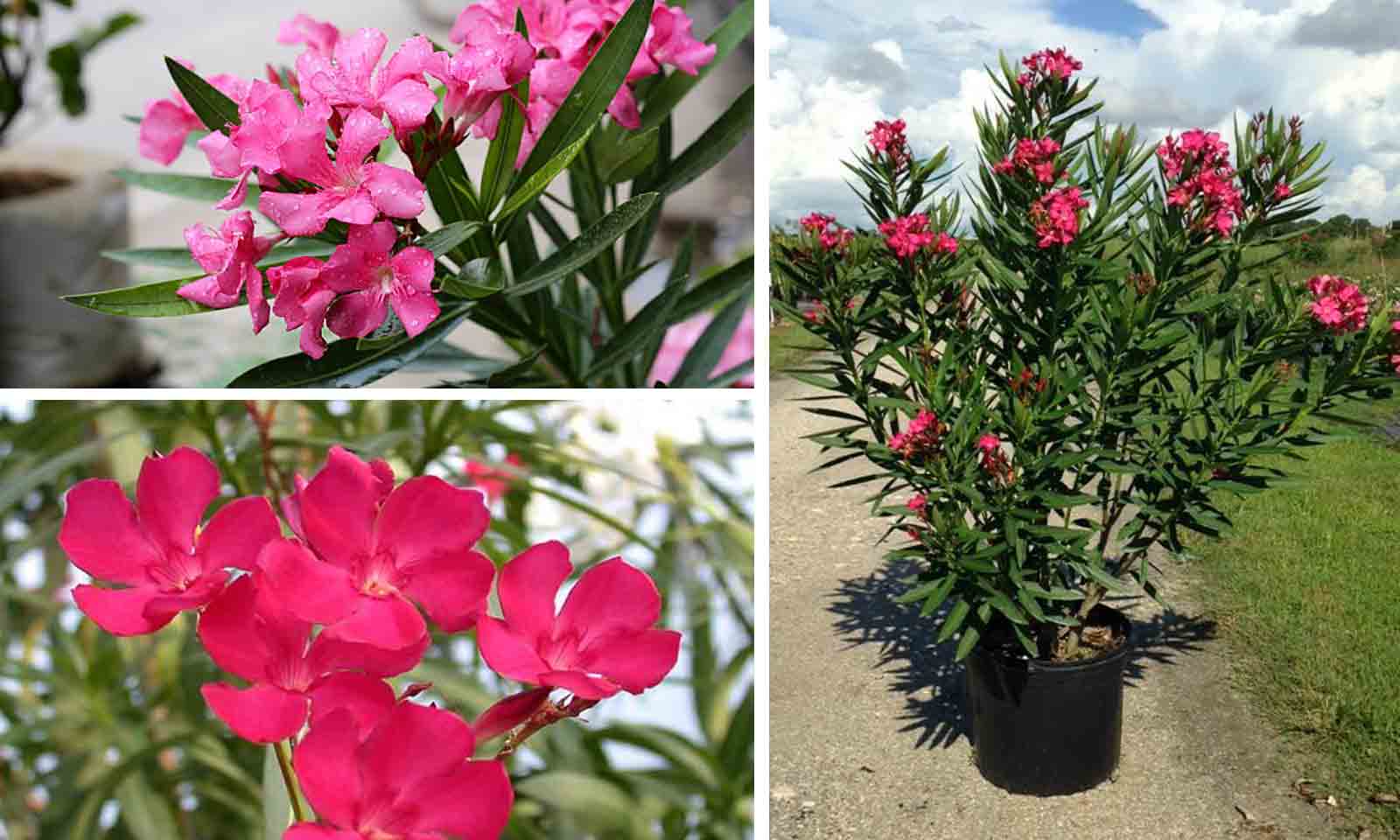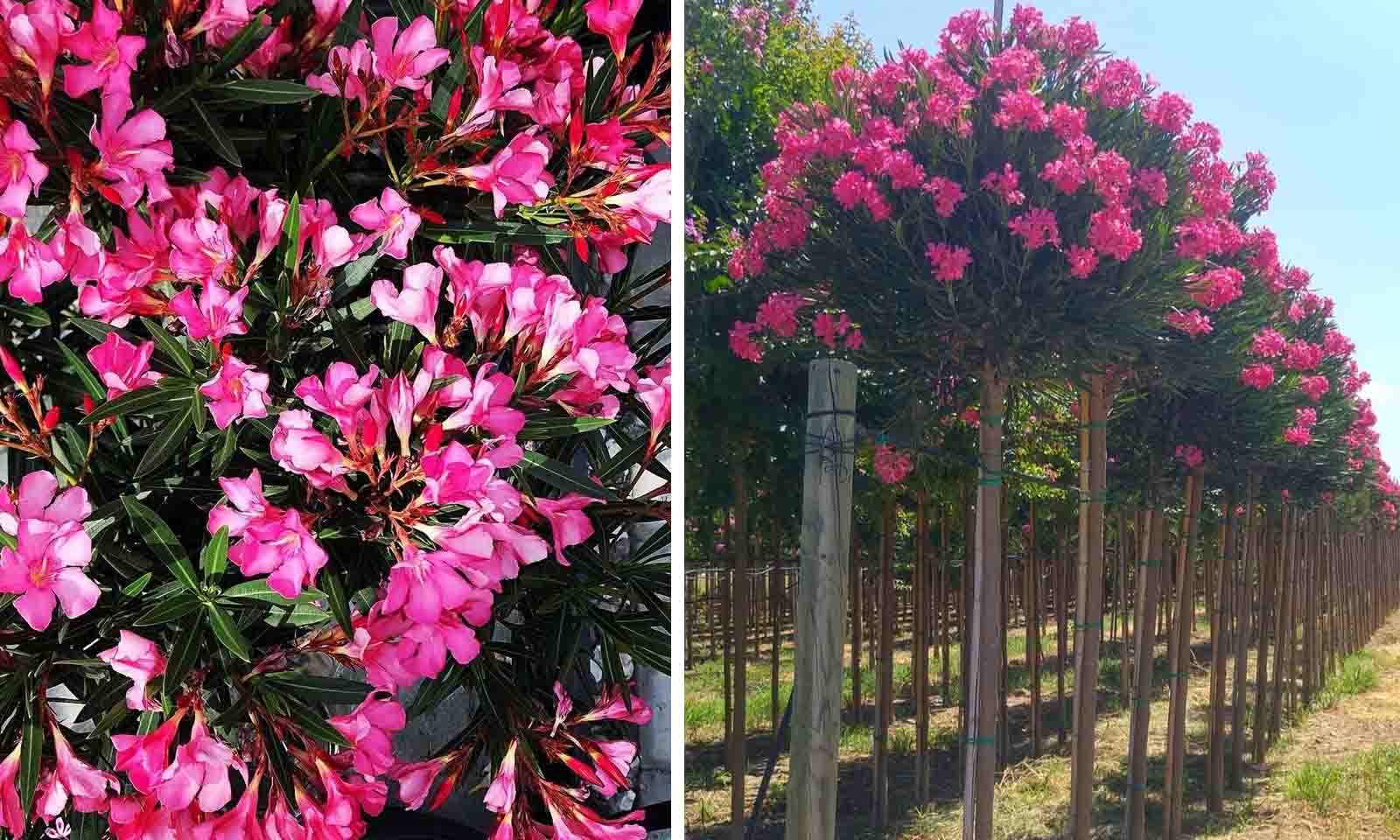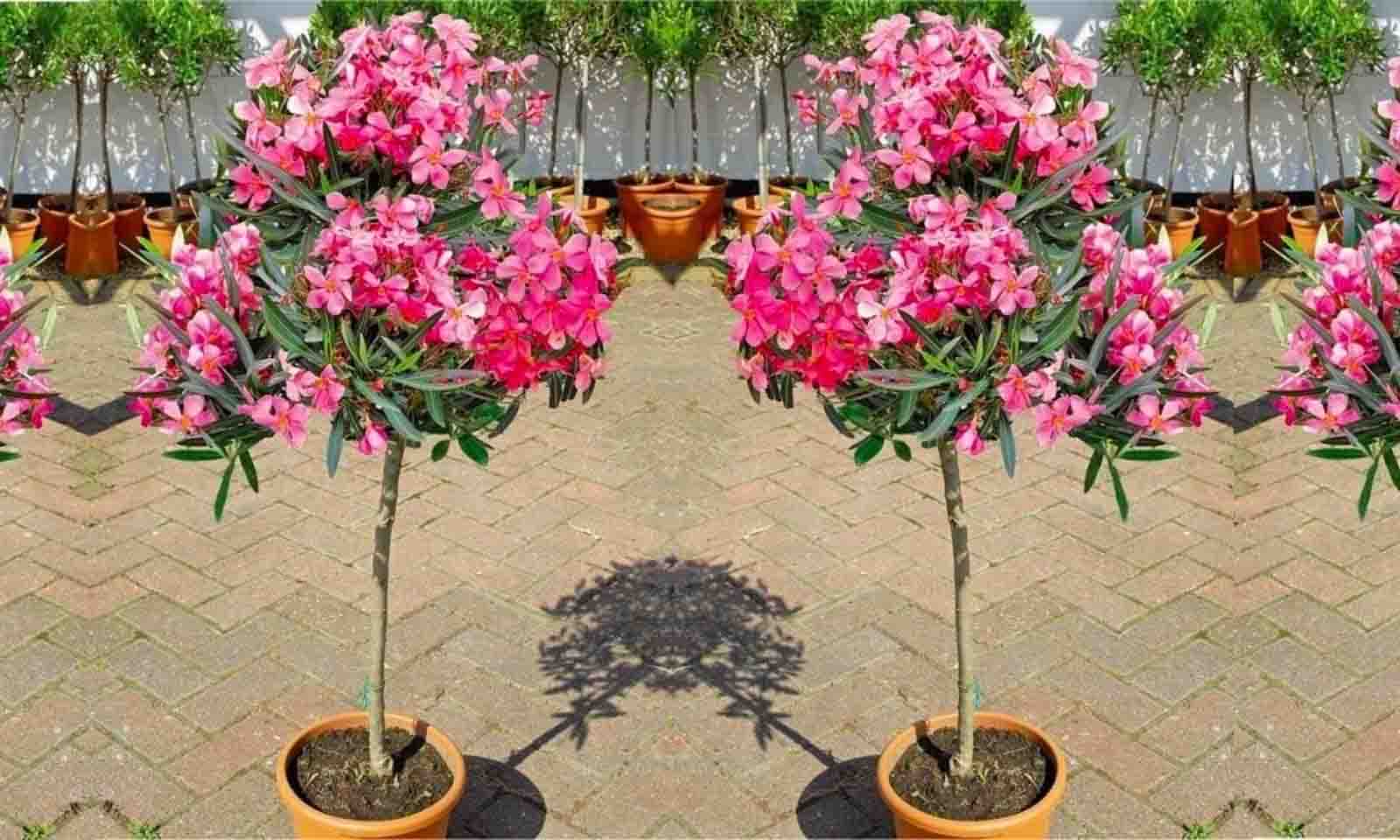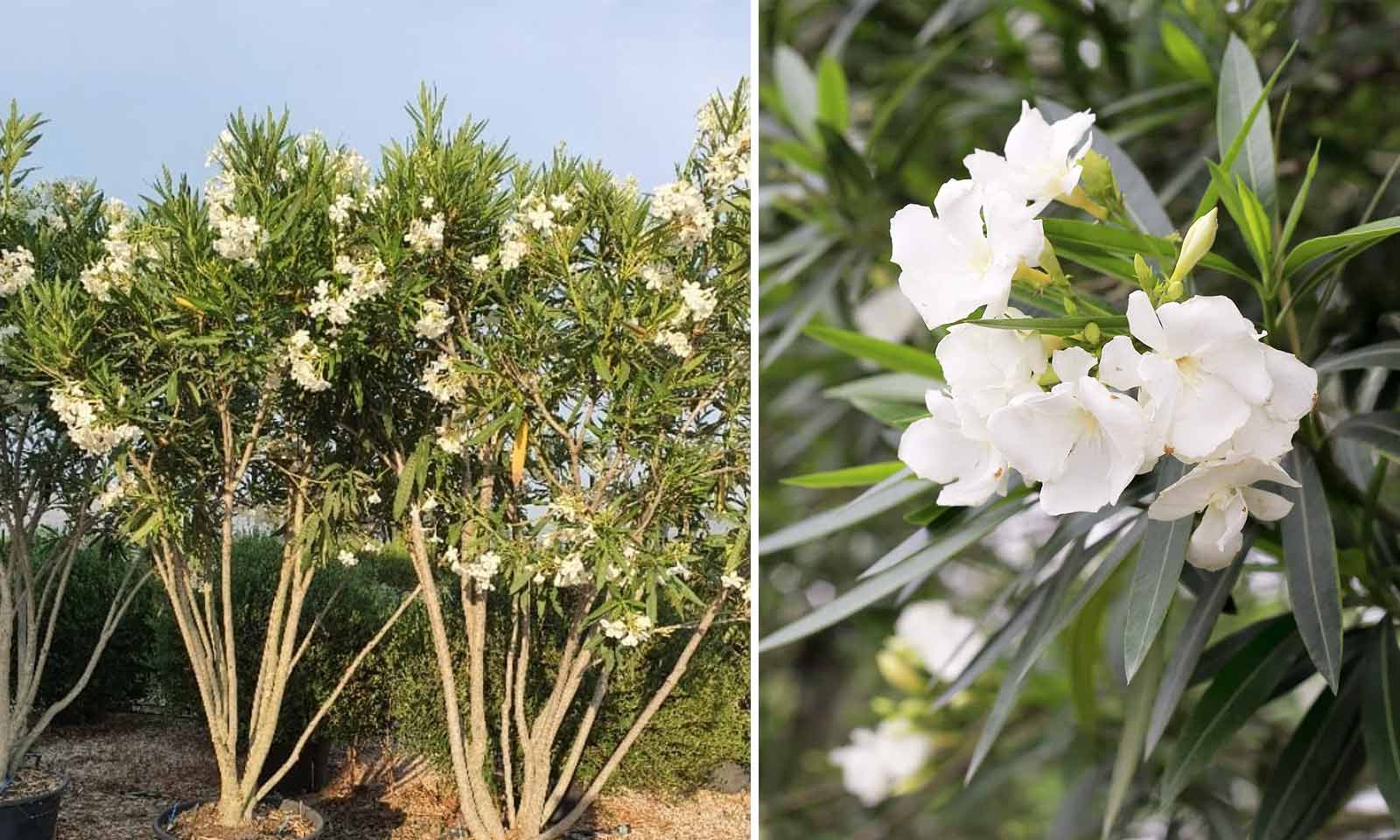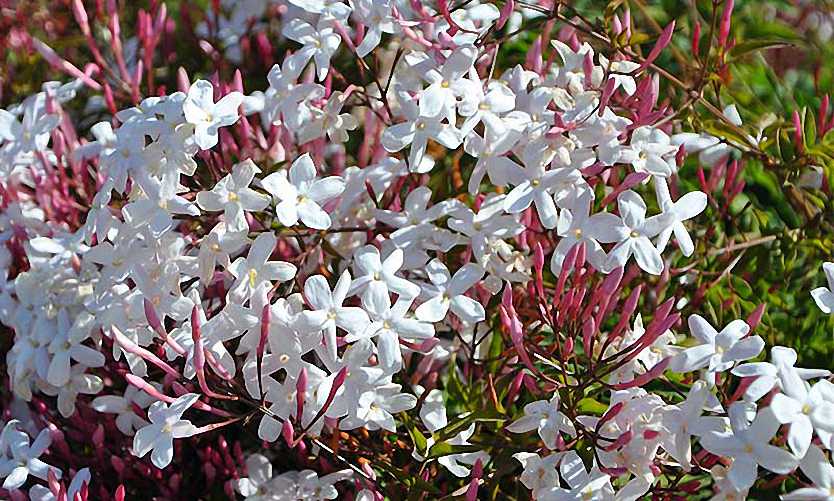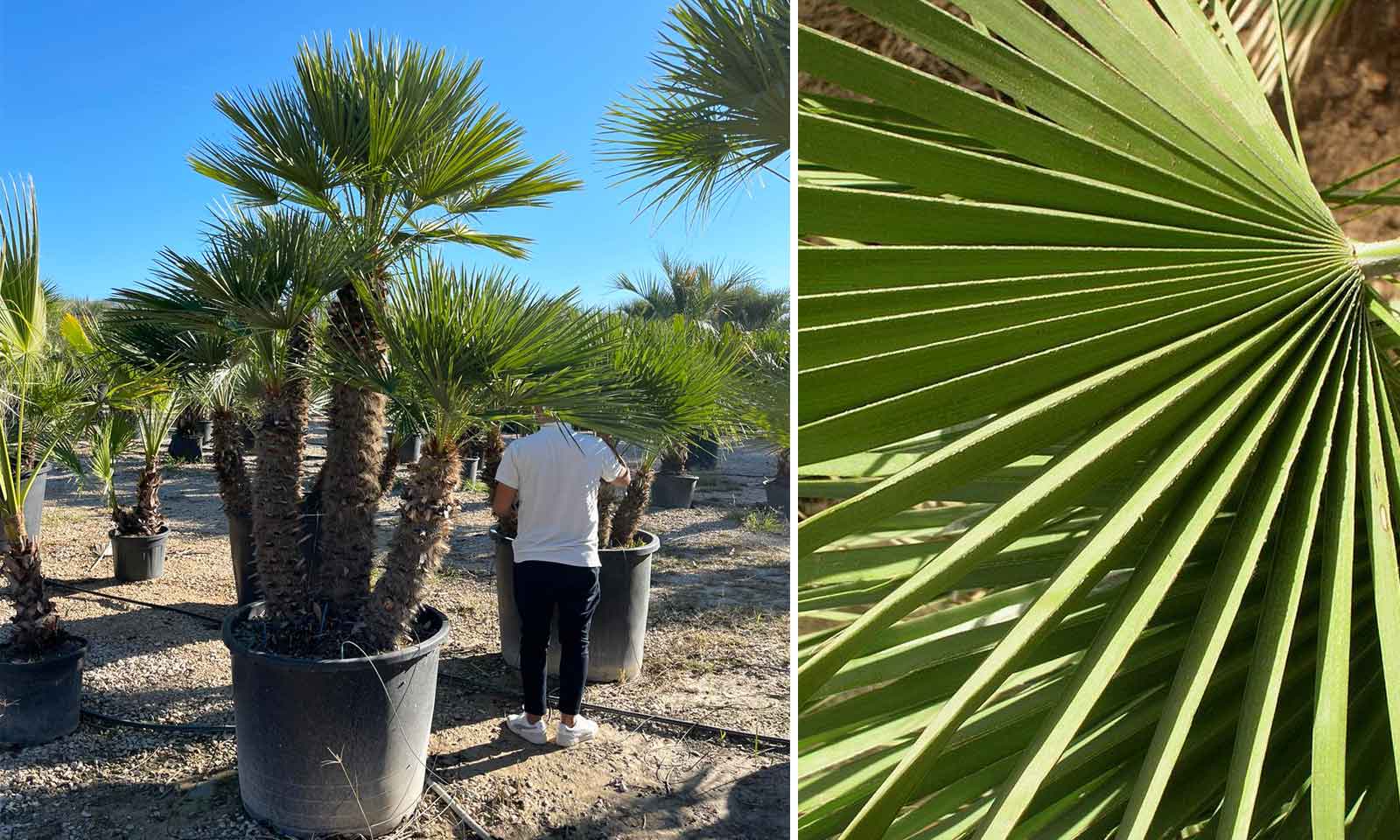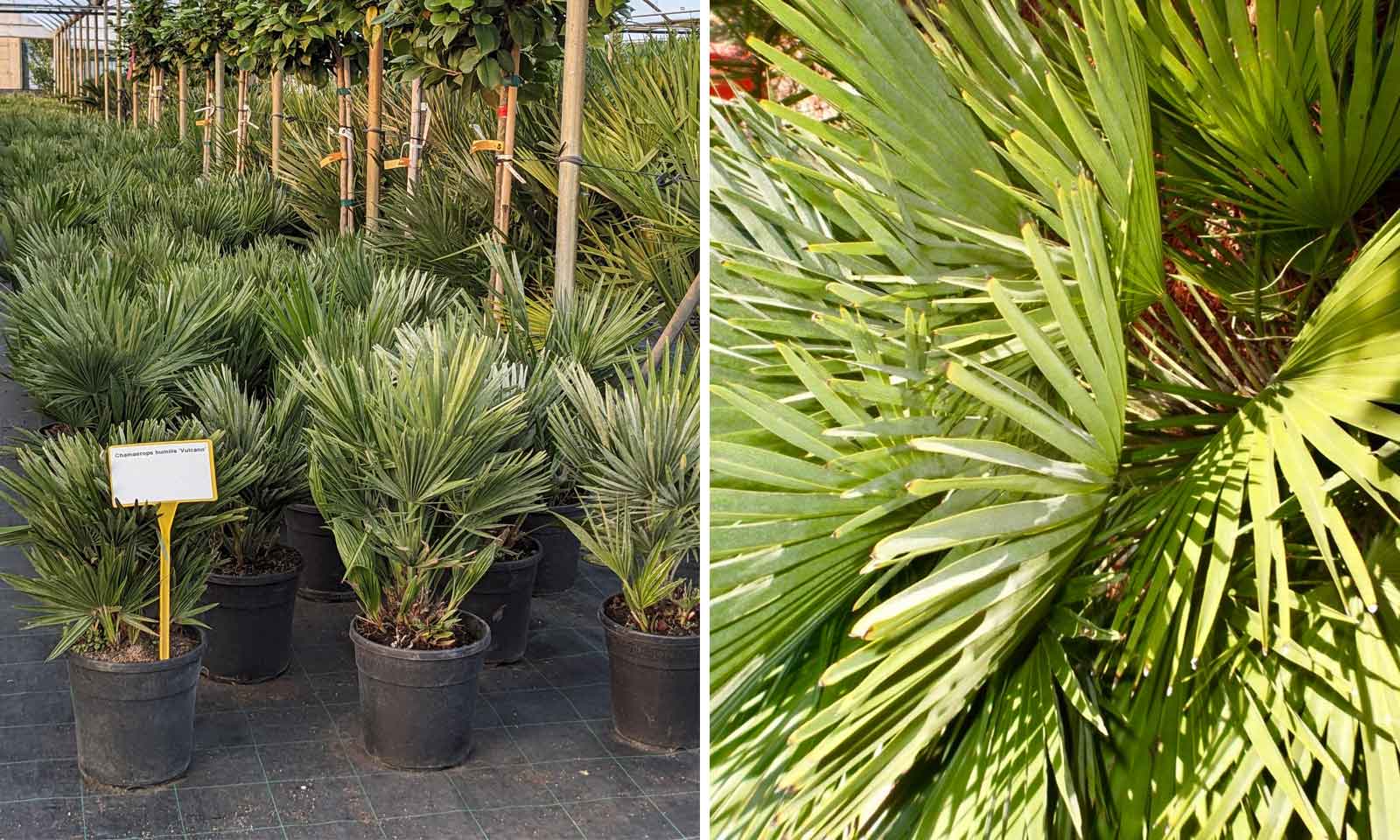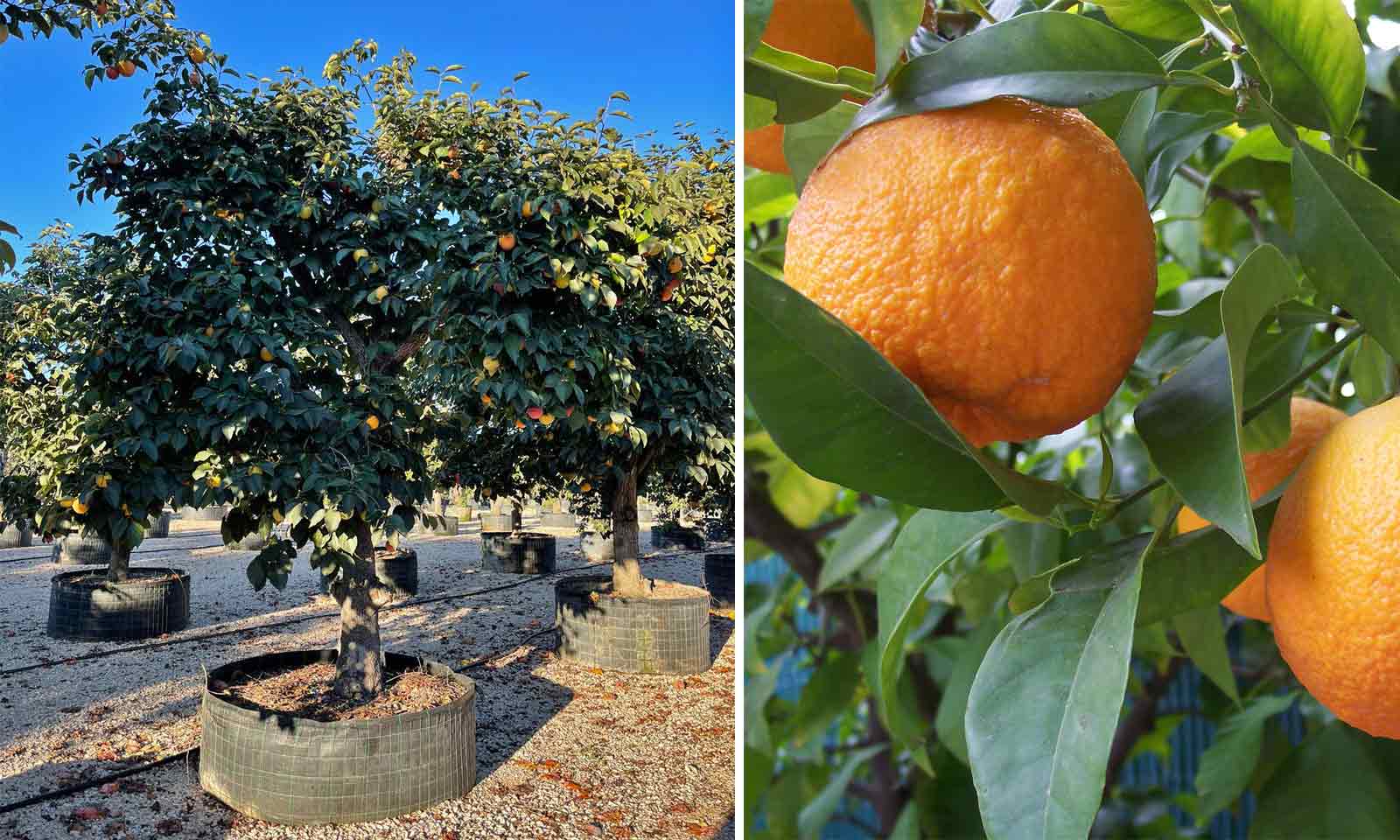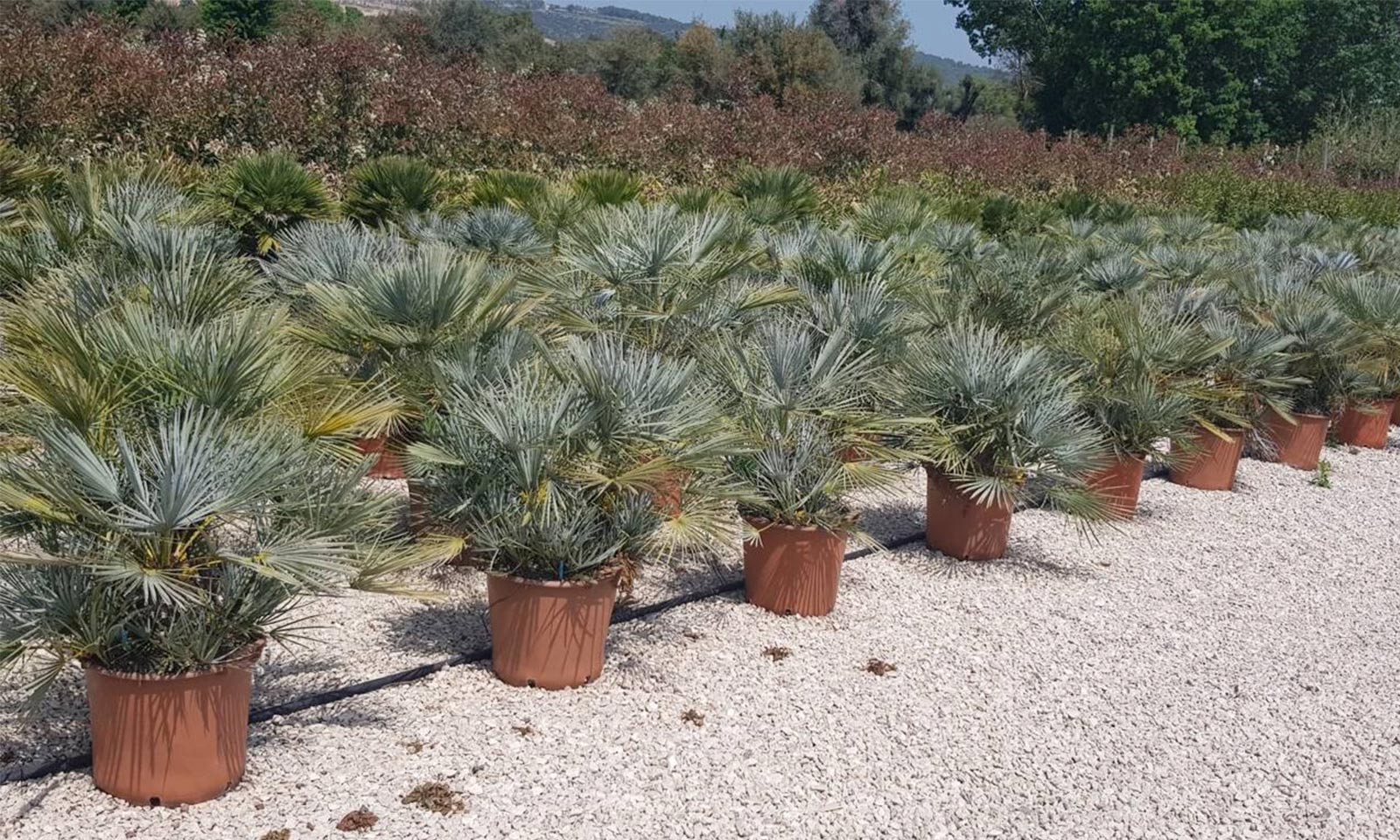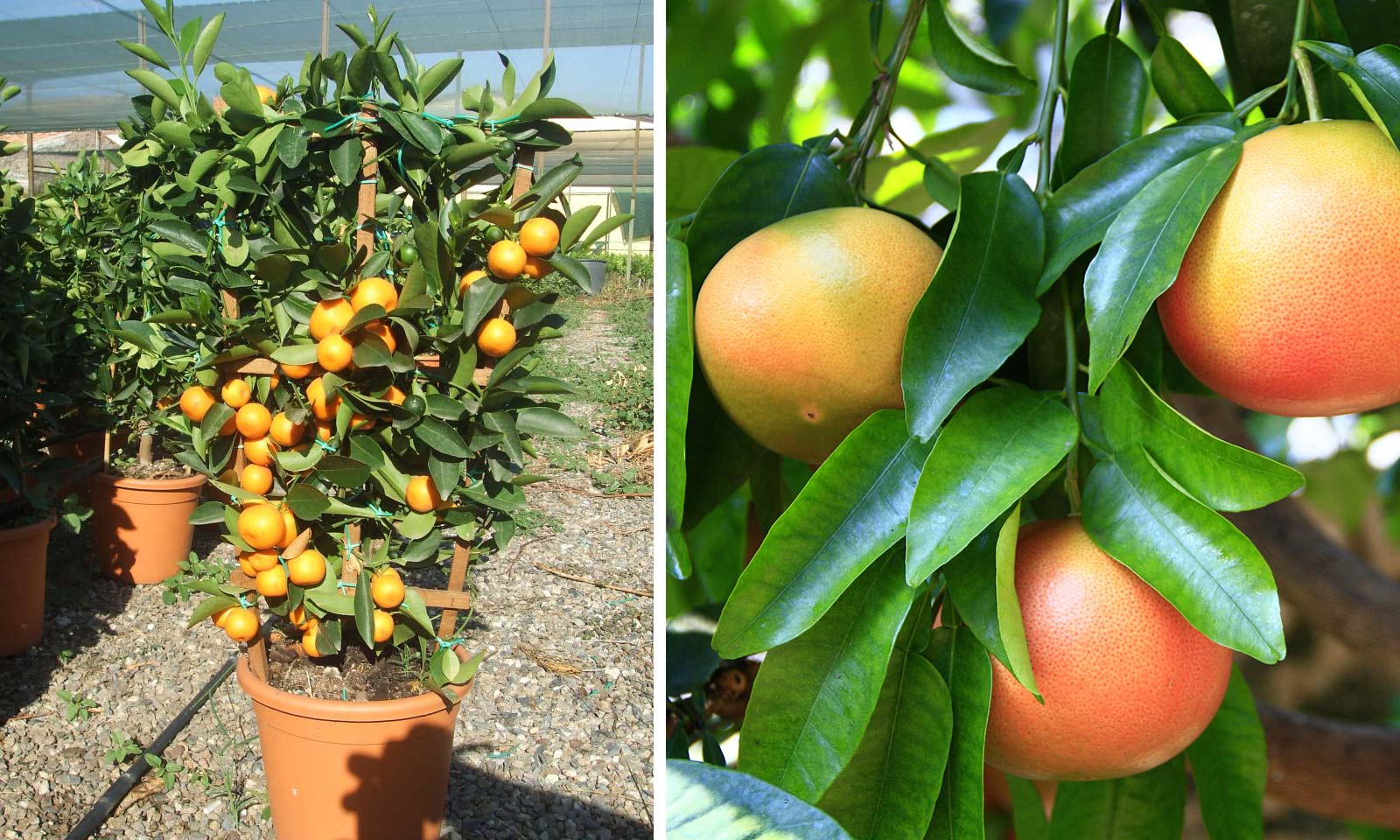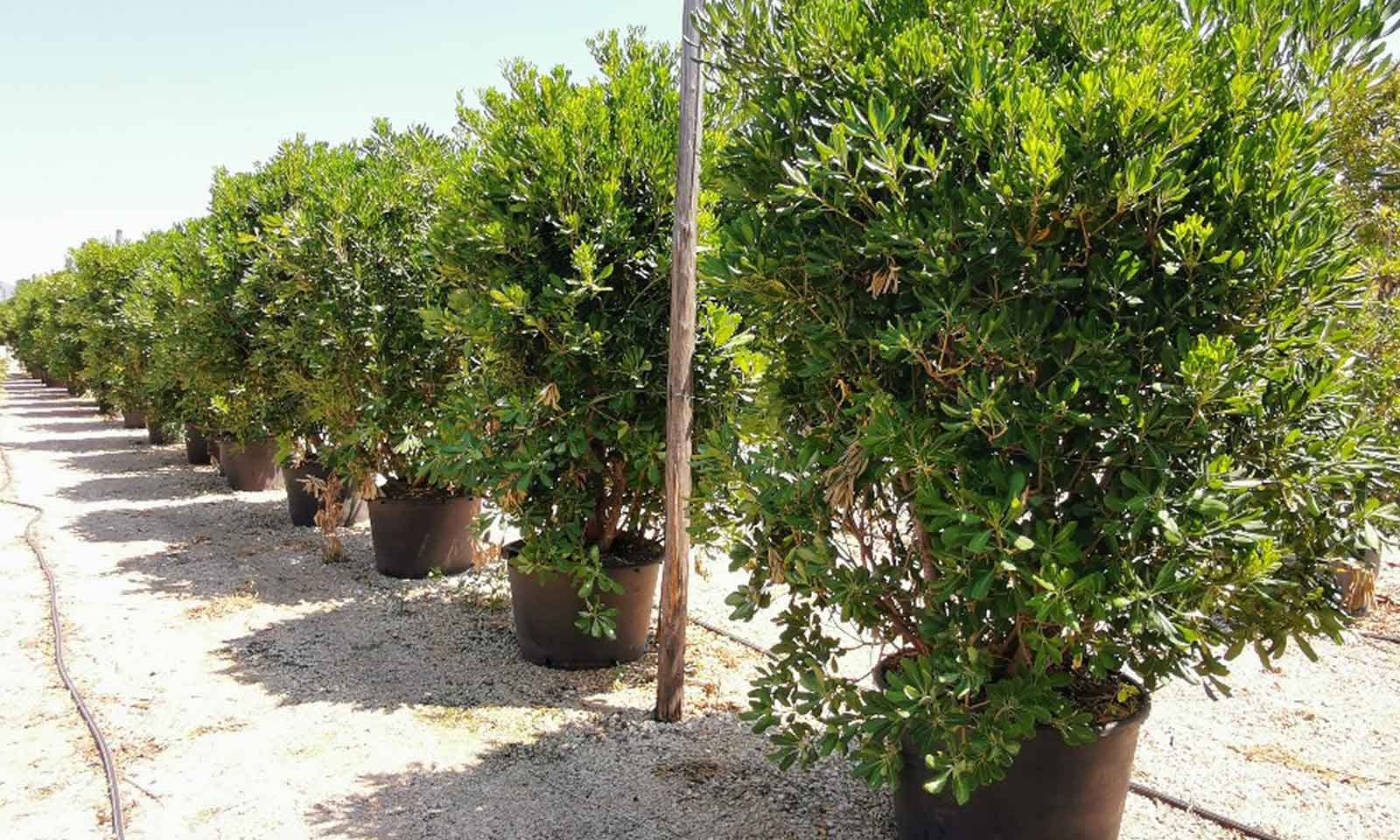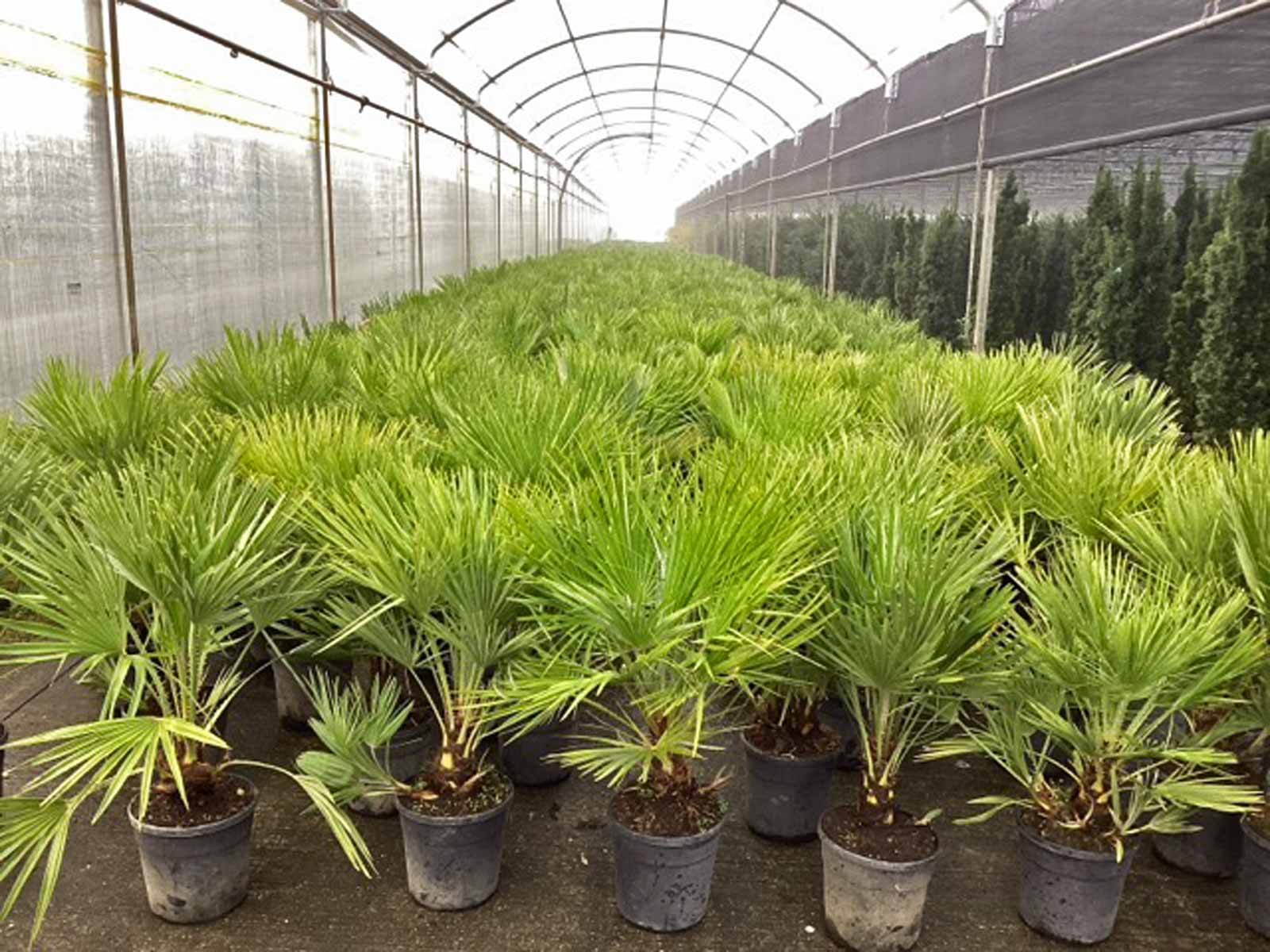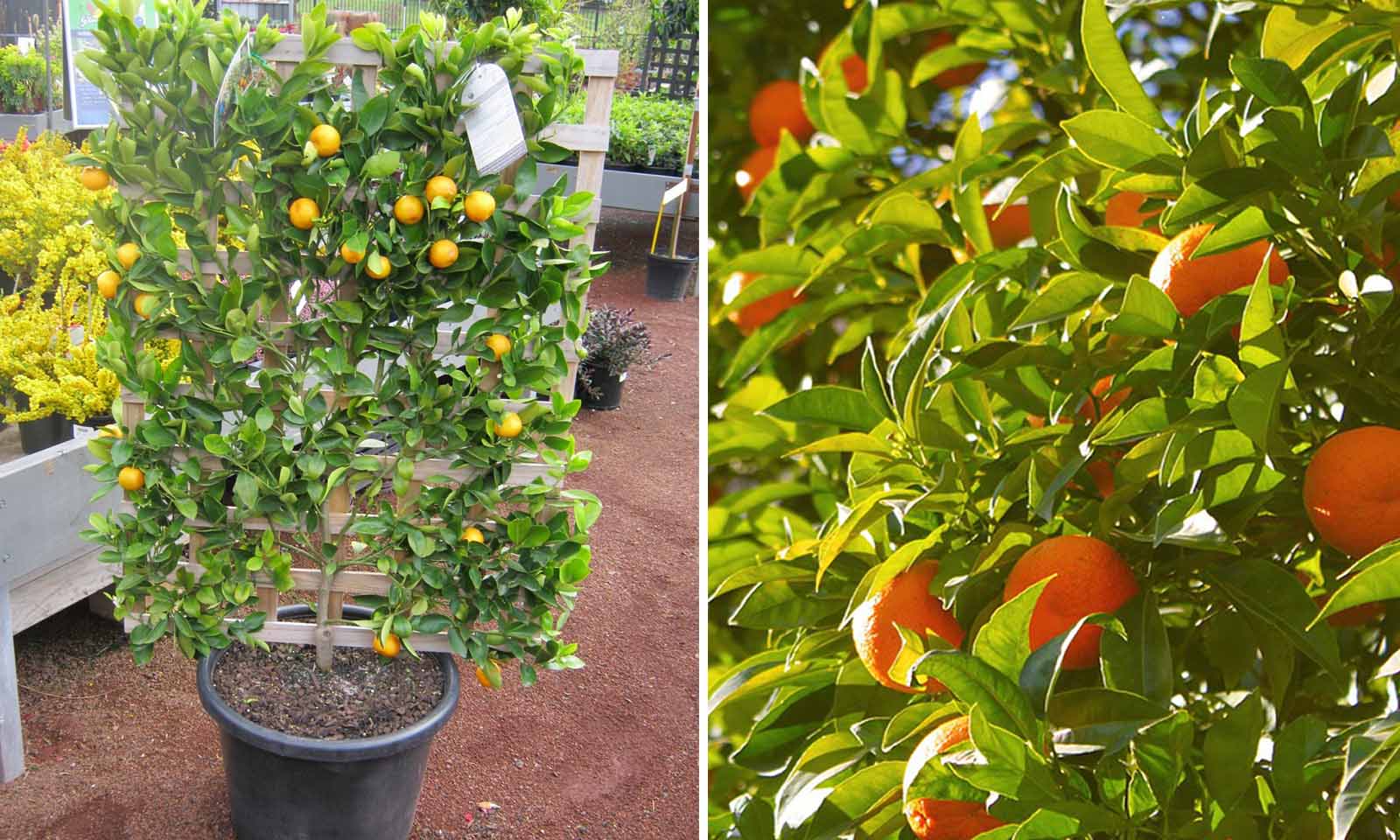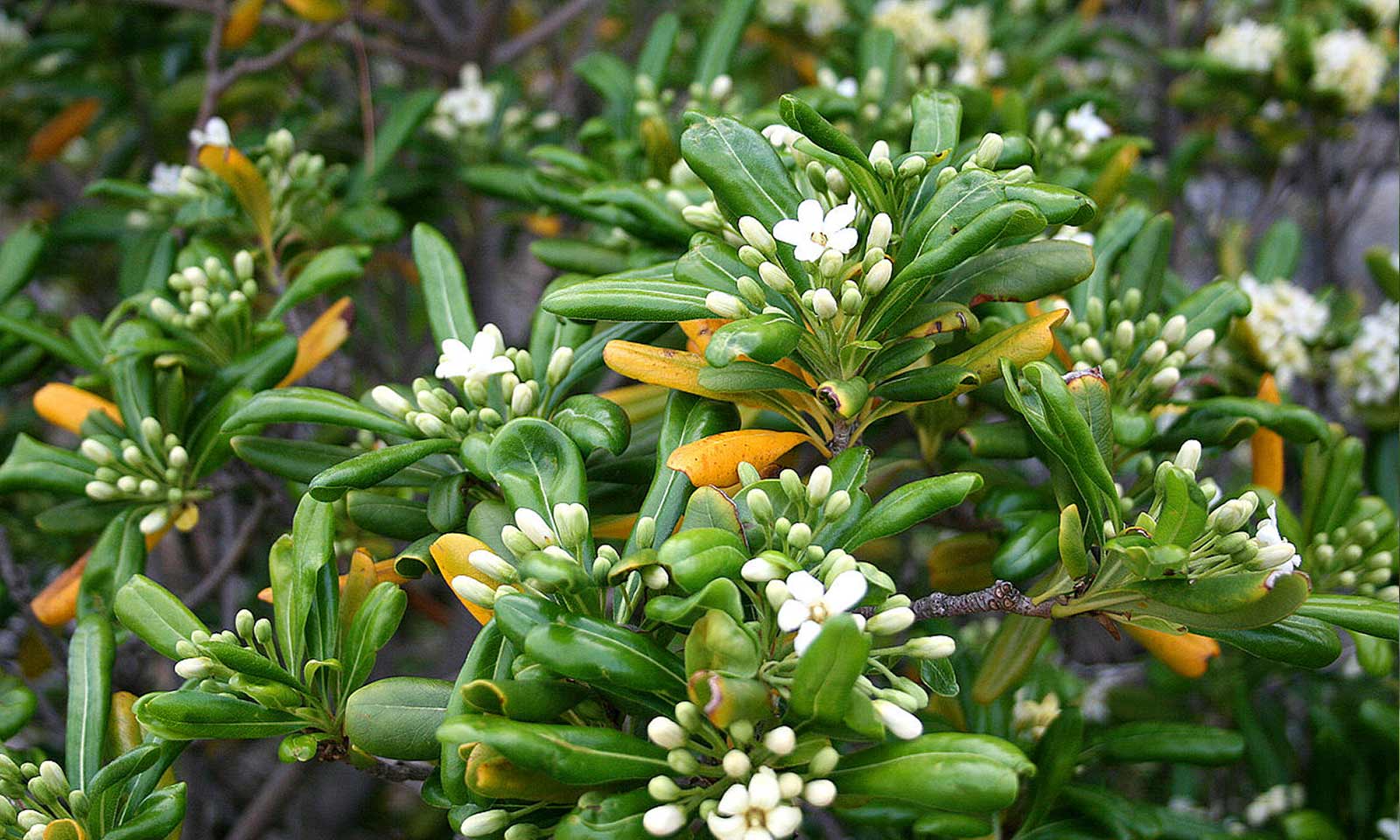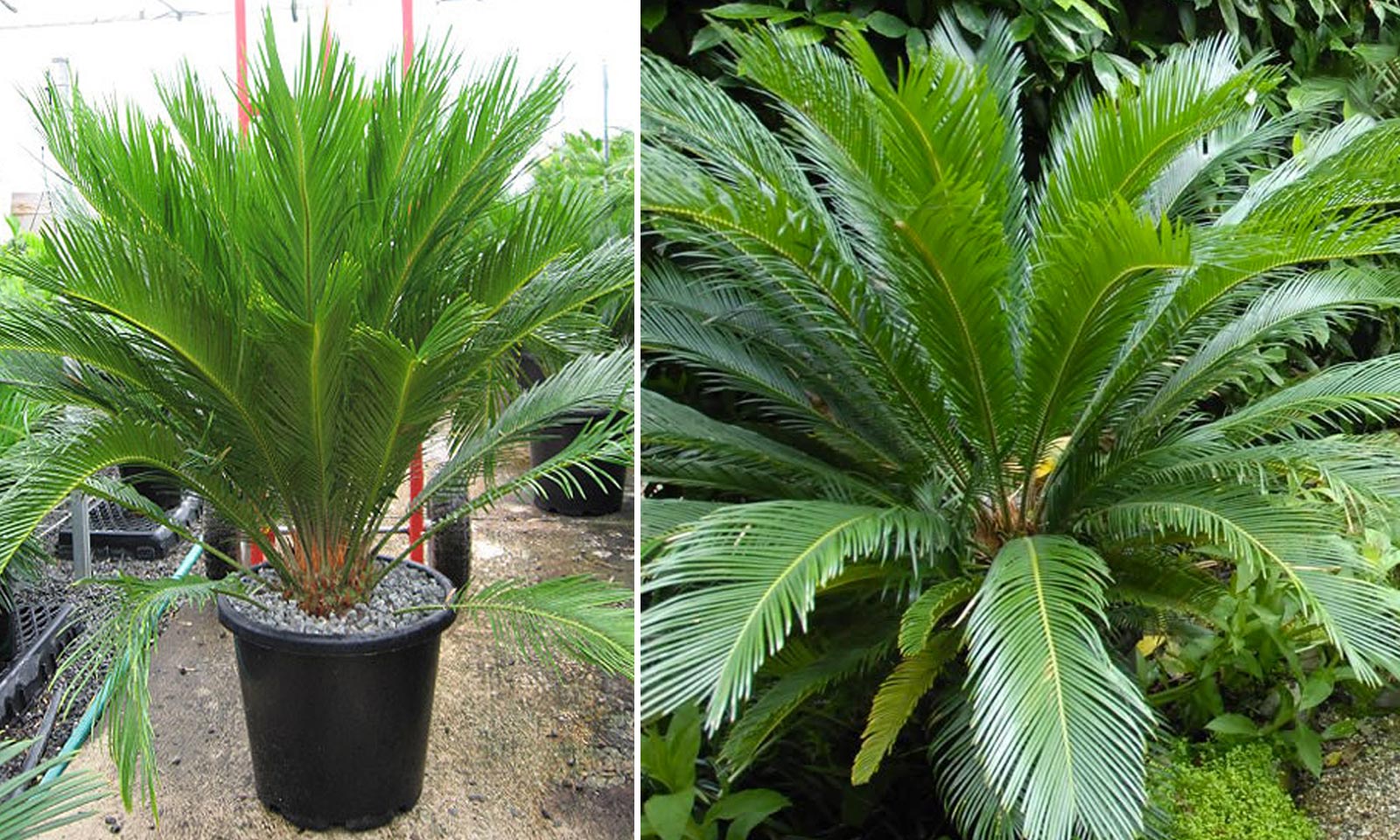Eriobotrya Japonica (Loquat Tree) – Half Standard
The Loquat is originally from Ancient China and was later on introduced to Japan around a similar time period. It has been cultivated there for about 1,000 years. It has since been naturalised in many countries all over the world. The first European contact with the species potentially was in 16th century Portugal at the height of Japanese-Portuguese contact. The plant itself is an evergreen tree that produces an abundance of orange and yellow fruit during the spring time. Throughout the rest of the year, it mainly blossoms white flowers. The hardiness rating is H4 making it very good for most of the UK climate. Only shelter in extreme cold snaps. Make sure it has full natural sunlight whenever possible. Stick to the instructions within pruning group 1 and may potentially need restrictive pruning under glass. It has the potential for pests but is generally disease free.
Product Dimensions
10 litre pot: trunk 80 – 120 cm (2.6-3.9 ft), canopy app. 20 - 30 cm (0.6-1 ft)
15 litre pot: trunk 80 – 120 cm (2.6-3.9 ft), canopy app. 30 – 40 cm (1-1.3 ft)
25 litre pot: trunk 80 – 120 cm (2.6-3.9 ft), canopy app. 30 – 50 cm (1-1.6 ft)
35 litre pot: trunk 80 – 120 cm (2.6-3.9 ft), canopy app. 40 – 60 cm (1.3-2 ft)
50 litre pot: trunk 80 – 120 cm (2.6-3.9 ft), canopy app. 50 – 80 cm (1.6-2.6 ft)
70-90 litre pot: trunk 80 – 120 cm (2.6-3.9 ft), canopy app. 60 – 80 cm (1.3-2.6 ft)
110-130 litre pot: trunk 80 – 120 cm (2.6-3.9 ft), canopy app. 80 – 120 cm (2.6-3.9 ft)
150-170 litre pot: trunk 80 – 120 cm (2.6-3.9 ft), canopy app. 100 – 140 cm (3.3-4.6 ft)
190-220 litre pot: trunk 80 – 120 cm (2.6-3.9 ft), canopy app. 120 – 180 cm (3.9-5.9 ft)
Latin Name: Eriobotrya Japonica
English Name: Japanese Loquat, Japanese Plum, Japanese Medlar, Loquat
Species: Rosaceae
Genus: Eriobotrya
Foliage Type: Evergreen.
Foliage: Green
Fragrance: Flower
Flower: White
Flowering Period: Autumn - Winter
Suggested Location: Outdoor.
Suggested Soil Type: Moist but well-drained. Loam, Chalk, Sand, Clay
Suggested Exposure to Sunlight: Full Sunlight
Suggested Exposure to Weather: Sheltered
Hardiness Rating: Medium (H4)
Lowest Temperature Tolerance: -15°C to -10 °C (5 °F to 23 °F)
Maintenance: Under glass prune to restrict size in spring
Growth Habit: Bushy
Cultivation: Under glass grow in loam-based potting compost in full or bright filtered light with good ventilation. Water moderately and apply a balanced liquid fertiliser monthly when in growth and keep just moist in winter. Can be grown outdoors in most fertile soils
Propagation: Propagate by seed at 13 to 16 °C in spring or take semi-hardwood cuttings in summer
Suggested planting locations and garden types: Low Maintenance Wall-side Borders Architectural City & Courtyard Gardens Coastal
Pests: Mealybugs may be a problem under glass
Diseases: Usually trouble free
Final Height: 6 m – 10 m (20 ft – 33 ft)
Final Spread: 3 m – 4 m (10 ft – 13 ft)
Delivery Cost: This is calculated based on the total size, weight and quantity of your order, as well as the location of your delivery address. You will see the final price at the Online Checkout Page (before making payment) – our website will automatically calculate the lowest possible delivery price and apply discounts to orders of certain products – giving you the best value delivery every time!
Please note that high-volume orders will decrease your delivery costs significantly by spreading the price across multiple items. Visit our Delivery Policy page for more information.
